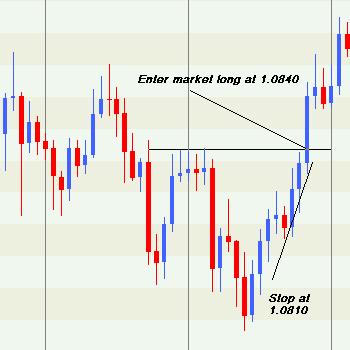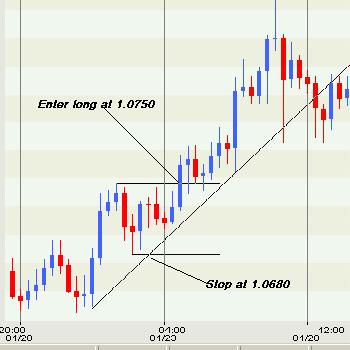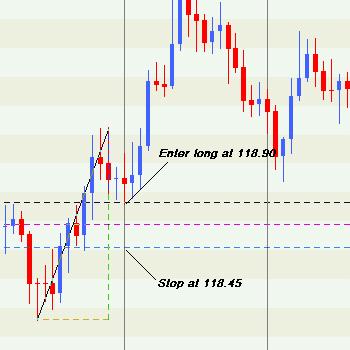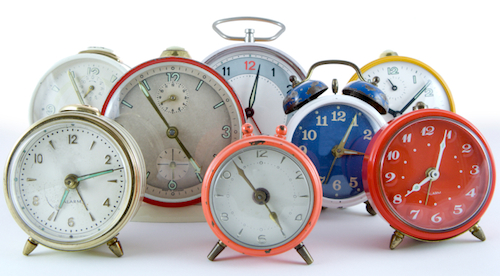
Where To Place Your Stop Loss
Many traders have a problem defining where they should place their stop loss. They have no problem entering a trade but often have a problem defining where they should take profits or cut their loses.
In this lesson we will cover some of the popular methods of choosing a stop loss.
- Dollar value.
- Support and resistance.
- Fibonacci.
Dollar Value
A lot will also depend on your trading time frame but for this exercise I shall use 4 hourly charts as a compromise between our longer-term traders and the intraday day traders.A trader using a dollar value stop loss will place his stop loss (stop) a given number of dollars away from where he entered the market.
In the example of EUR/USD the trader enters the market long at 1.0840 on the breakout of resistance at 1.0835. He determines that he will use a dollar value as his stop of $300. This makes his stop level of 1.0810 (30 pips at $10 per pip). If the market should retrace 30 pips or more then his stop will be hit and he will be out of the market.

Support & Resistance
When using support or resistance for placing a stop a trader will first determine where they will get into the market and if long will then place their stop under the nearest support. If they are short they will place the stop above the nearest resistance. In the case of the EUR/USD the trader goes long at 1.0750 which a break of resistance at 1.0746 and places his stop at 1.0680, which is a few pips away from support at 1.0683.
Although the break of the resistance level of 1.0746 should eventually become support when you enter a trade you don’t know if the break is real or false so the safer place is the most recent support.

Fibonacci
When using fibonacci to place your stop you would first measure the move and in the case of the USD/JPY the move was from 117.85 to 119.52. This gave us three retracement levels 118.88 (38.2%), 118.68 (50%) and 118.49 (61.8%). In this example the trader entered the market slightly ahead of the 38.2% at 118.90 and placed his stop at 118.45 just below the 61.8% retracement. He could just as easily have used the 50% retracement depending on the market and market conditions.

The three methods we discussed in this lesson are not all the ways to place a stop loss but they are the most common. The question you are probably asking now is which method is the best. Well, there is no right answer to this, it depends on many factors such as account size personal preference and what method you have back tested for optimal results.
In the case of the dollar value method the disadvantage is that the dollar amount may no be logical for the market conditions. You may find that by using this method you are taken out to frequently only to find the market taking off in the direction of the original trade. The best way to overcome this is to do some back testing to find the best amount for the market you are trading. The advantage is that is easy to implement. There is no working out of figures or levels and you can place your stop as soon as you get into the market.
The second method of using support and resistance may be very logical but the distance between where you enter the market and where you can place your stop may be so large that the dollar amount would put your account in jeopardy. The way round this would be to only take trades that fitted in with your level of risk and personality.
The last method of using fibonacci is very adaptable but can also mean that your stop is so far away that your dollar risk could be too large. The alternative could be to use the 50% retracement instead of the 61.8% retracement to place your stop. The advantage is that fibonacci retracement can be very accurate.
Conclusion
There is no reason why you can not use all three methods and use a particular stop loss placement depending on market conditions. You will also find that you will probably have a particular method that you prefer. First back test each method then find the one that most suits your trading style and fits in with your risk tolerance.
Good Trading

Trend Lines
You May Also Like

Why Forex?
11 May 2020
What time frame makes you the most money?
12 May 2020


